Results
Filters

Introducing Biodiversity Impact Assessment Framework (BIAF)
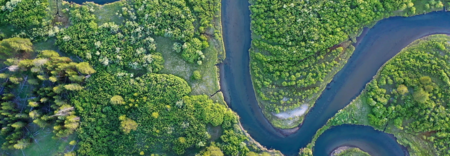
Four key areas for research to help guide and prioritize business actions for nature.

An investigation to support development banks examining tools for decision-making and reporting, ahead of TNFD framework implementation.
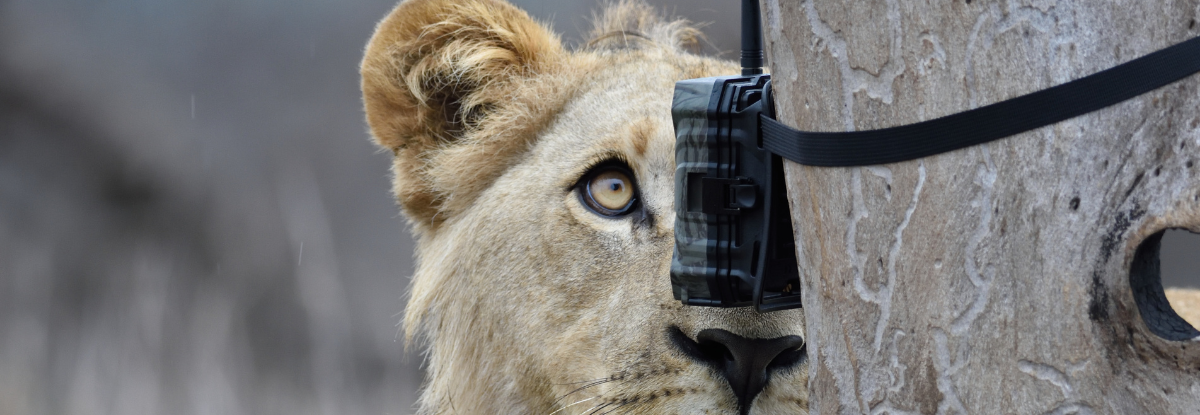
A recent study proposes a set of principles for making sure that business biodiversity strategies are based on evidence and likely to deliver positive biodiversity outcomes.
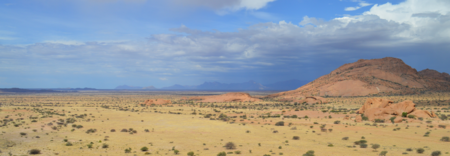
Consulting the best available knowledge is key to successful conservation decision-making, and yet a new study finds global assessments and studies ‘practically ignore’ non-English-language literature.

A report written by The Biodiversity Consultancy and WWF for The Coalition Linking Energy And Nature for action (CLEANaction), reviews the full range of environmental impacts of renewable energy on nature – from sourcing raw materials to decommissioning.

This study explores trends in the biodiversity commitments of Global Fortune 100 companies and firms which have made recent ‘net impact’ commitments. It reviews challenges to overcome in delivering equitable and positive outcomes and summarizes the key elements required for businesses to achieve nature-positive alignment.
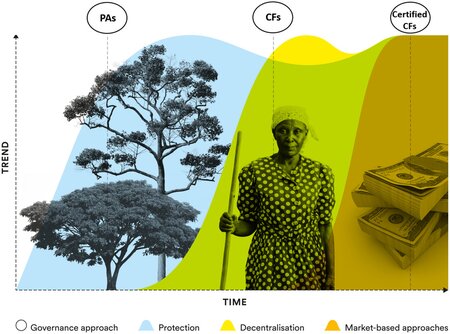
Protected Areas (PAs) are often the first tool in the conservationist’s tool kit for preserving biodiversity, but they are not always effective. As a result, PA management has undergone a major rethink in recent years.
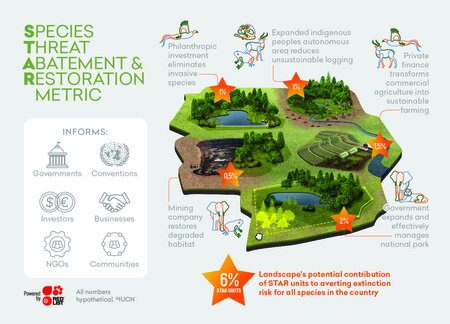
STAR, the Species Threat Abatement and Restoration metric, gives businesses, financiers, investors and governments a practical and comparable tool to quantify how specific actions at specific locations can contribute to global targets on species extinction.

